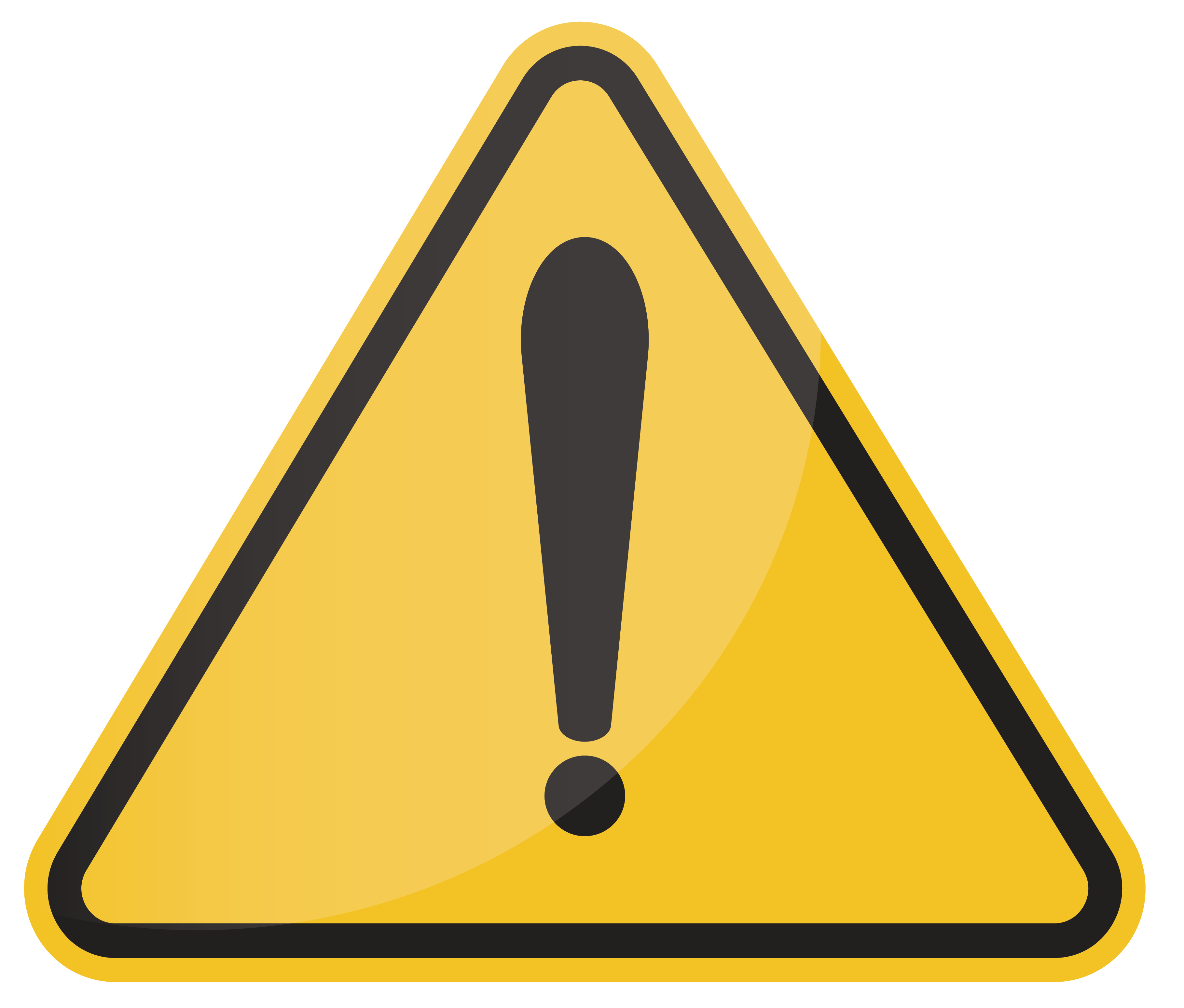There are a lot of different golf putting training aids available today, but, no matter what, you must be able to read the break of the green if you are going to routinely make putts.
There are plenty of different approaches to determine how a green breaks. One thing that all golfers should do is to examine the placement of your golf ball relative to the hole before you get onto the green itself. Much like water, a golf ball rolls down hill. When you approach the green from the your last shot, just picture where the water will collect if it starts raining. This is the overall slope of the green and the water will accumulate in certain places.
That appears to be easy enough, but how do you know exactly how much to play the break? One particular method for deciding the break is to make use of the pendulum method for reading the break. To make this happen is relatively simple. First, stand behind the golf ball and position yourself straddling the imaginary line from the ball to the hole. You must make your stance to ensure that your left and right feet are an equal distance from the imaginary line. Which means that an imaginary line drawn from the hole to the ball passes straight through the midsection of your entire body.
After that, hold the putter with two fingers right near the butt of the putter so that the putter is able to swing much like a pendulum. The putter should easily move from right to left if you are doing this correctly. And then, close your lazy eye – this is going to be your left eye if you are right handed, or your right eye if you are left handed. Lineup the shaft of the putter with the ball using your dominate eye and then start looking where the shaft is going next to the hole. This is where you should aim the putt.
For instance, if the shaft lines up two inches to the left of the cup, then the golf ball will break two inches the other way. All you do is then aim to that point. This approach is a straightforward one to try and do and works well on bent grass greens. Greens with bent grass normally do not have much grain that also affects how far the golf ball will break. If you are on Bermuda grass, then you should also take into consideration the direction the turf is growing – toward the low points, toward any water or in the direction of the low point of the course. The golf ball will break more, or less, depending on where the grain is growing – more in the direction of the grain and less against the grain.
Try out these putting tips the next time you head out to the course. You will see that, with practice, these methods will make improvements to your putting accuracy and reliability.

